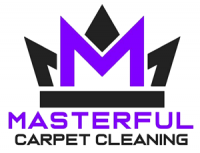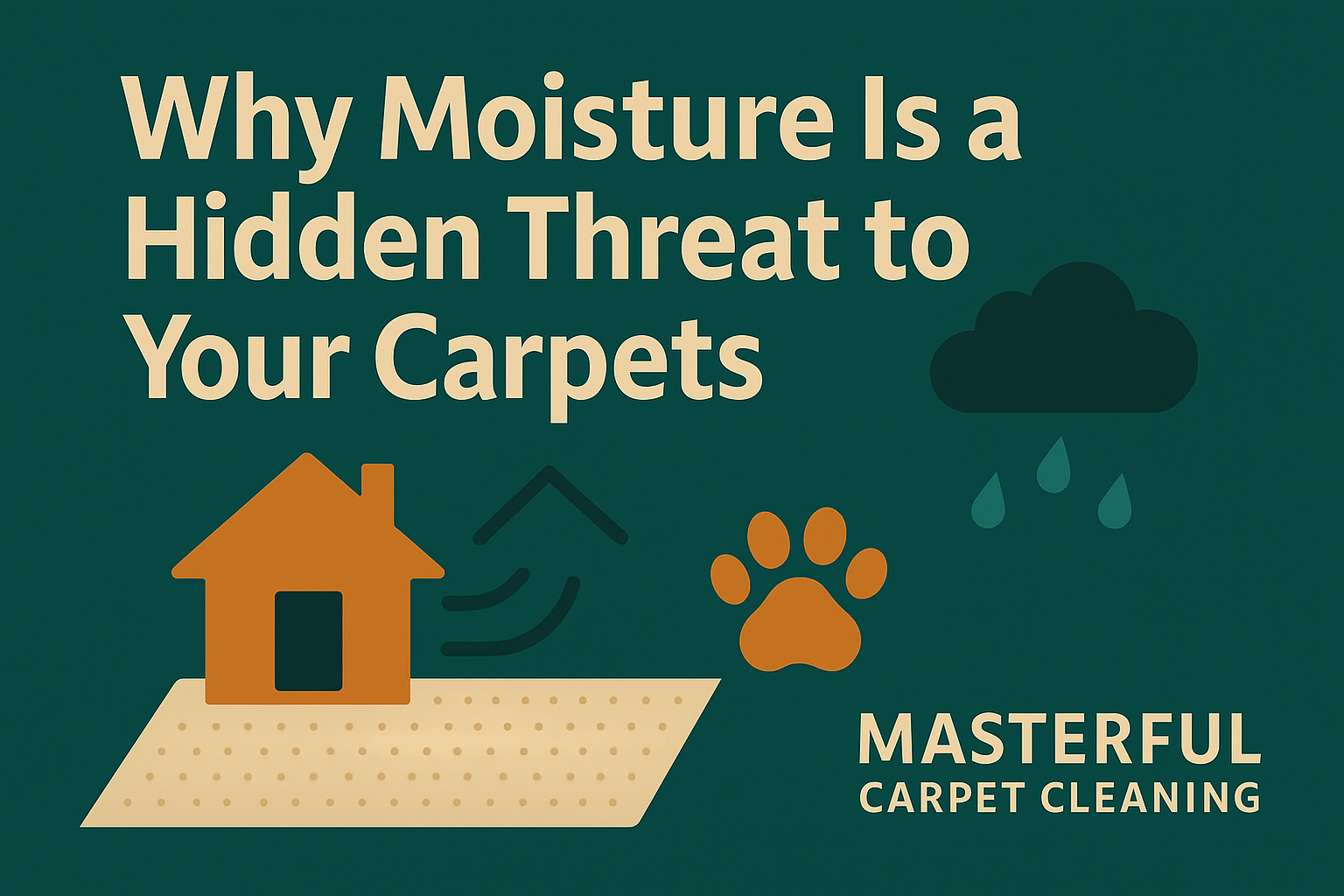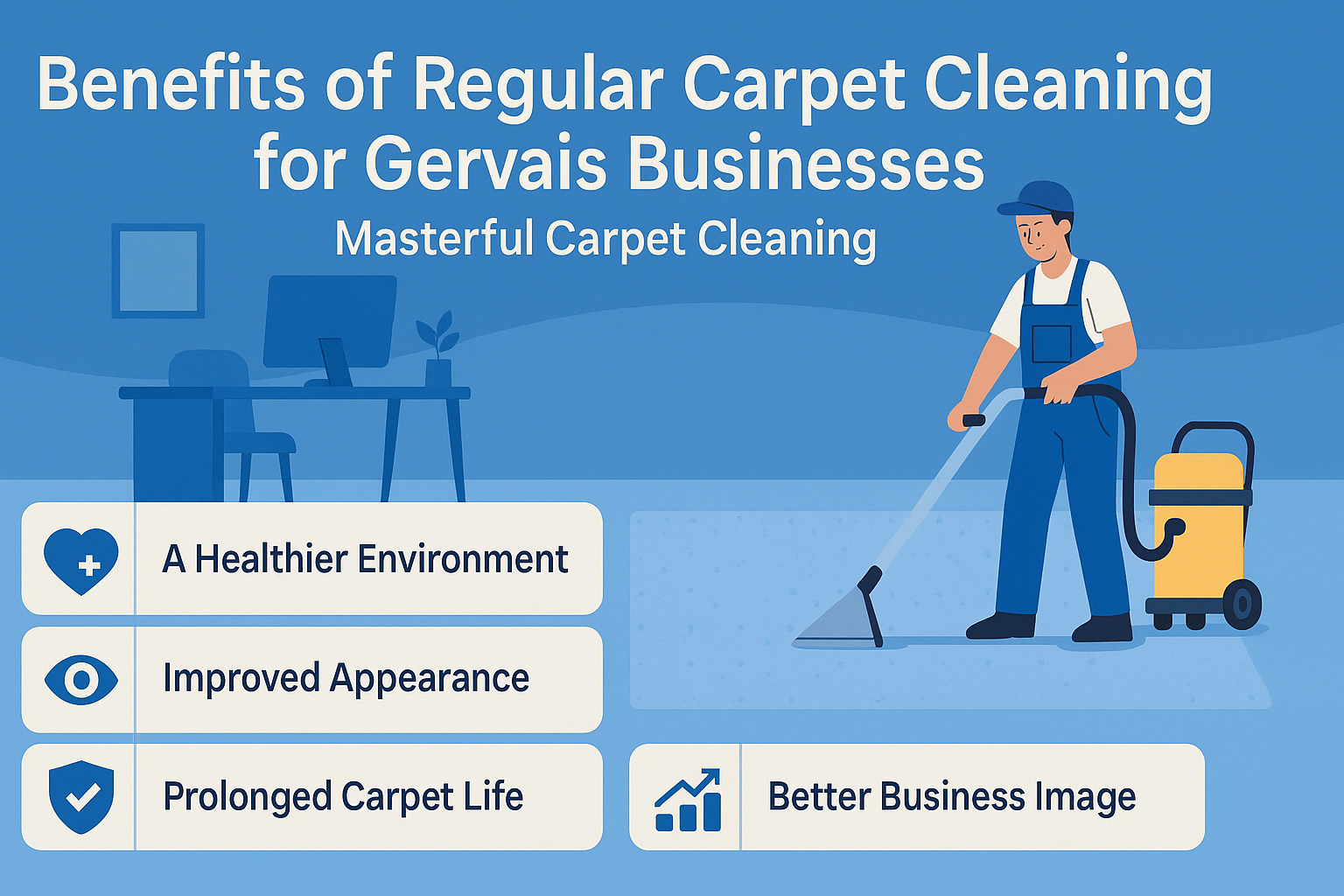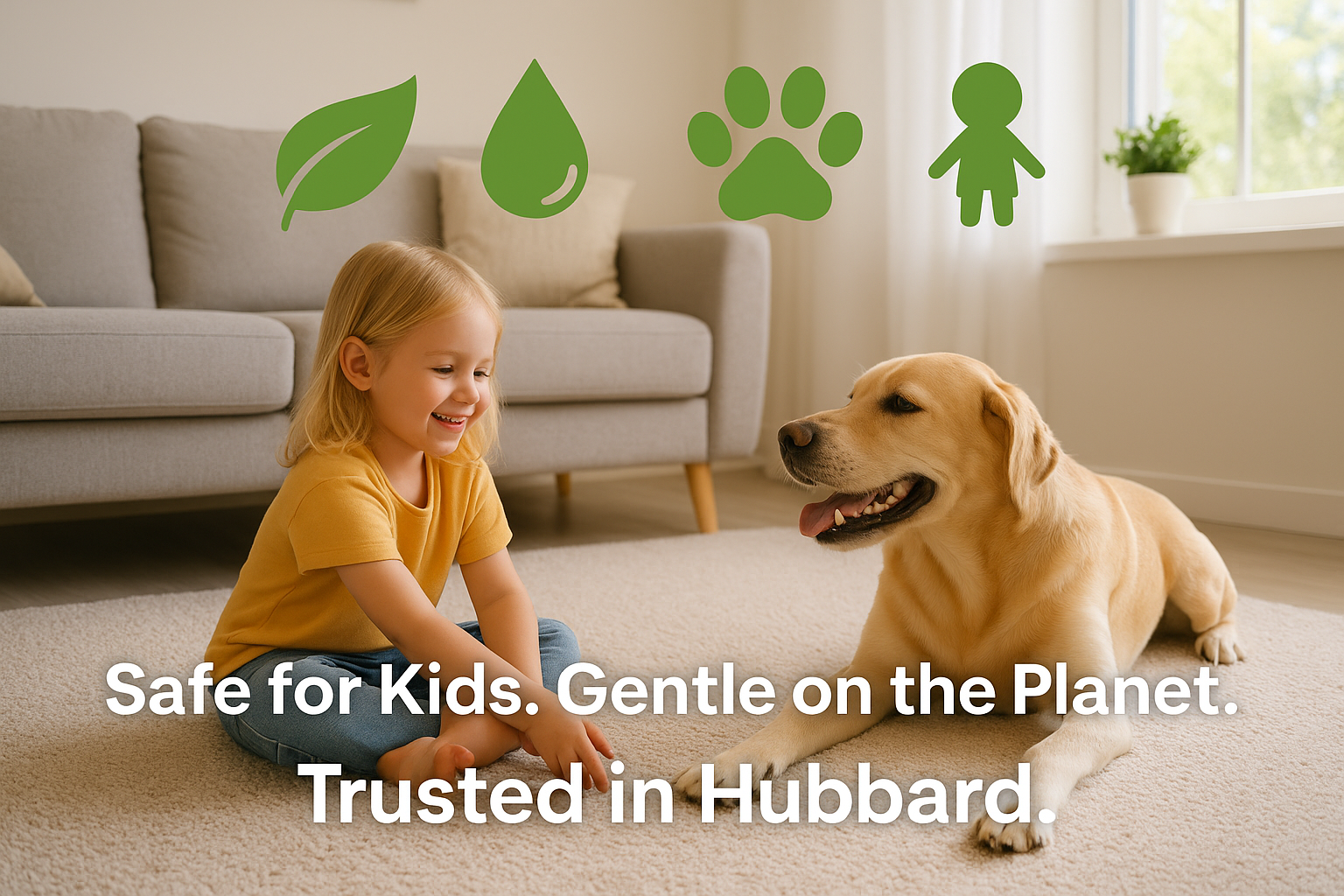Managing Chemical Spills: A Guide to Carpet Repair

Chemical spills on carpets are not just a cosmetic issue; they pose significant risks to the carpet’s integrity and may even be hazardous to health.
We will explore the types of chemicals that are particularly damaging to carpets, such as acids and solvents, and provide immediate actions to minimize the damage. The guide will also cover various cleaning methods, repair options, and preventive measures, equipping you with the knowledge you need to handle such incidents effectively.

Types of Chemicals that Pose Risks to Carpets
When it comes to Chemical Spills on Carpets, not all chemicals are created equal. Some can cause minor stains, while others can lead to severe damage or even pose health risks.
Acids
Instruction: Be cautious of acids like sulfuric acid and hydrochloric acid.
Acids can severely deteriorate the fibers of your carpet. They can cause the material to weaken, leading to holes or areas of thinning. Sulfuric acid, often found in car batteries, and hydrochloric acid, commonly used in toilet bowl cleaners, are particularly damaging.
Solvents
Instruction: Watch out for solvents such as acetone and alcohol.
Solvents can have a detrimental impact on the color and texture of your carpets. Acetone, commonly found in nail polish remover, can strip the color from your carpet. Alcohol, often found in cleaning products, can also cause fading and may weaken the fibers.
Alkalis
Instruction: Be wary of alkalis like ammonia and bleach.
Alkalis can cause discoloration and weaken the carpet fibers. Ammonia, often used in window cleaners, and bleach, a common household cleaner, can both lead to fading and make the carpet more susceptible to wear and tear.
Household vs Industrial Chemicals
Instruction: Distinguish between household and industrial chemicals.
Household chemicals like cleaning agents may pose less risk compared to industrial chemicals like heavy-duty solvents. Even common household items can cause damage if not properly managed.
Understanding the types of chemicals that can damage your carpets is crucial for effective management and repair. Acids, solvents, and alkalis are among the most hazardous substances that can affect the integrity and appearance of your carpet. Being aware of these can help you take immediate action to minimize damage.

Immediate Actions in Managing Chemical Spills on Carpets
Immediate Actions: The First Line of Defense
The first few minutes after a chemical spill on your carpet are crucial. Immediate actions not only minimize the damage but can also prevent long-term effects. A quick response is key to effective spill management.
Avoid Scrubbing: A Common Mistake
One of the most common mistakes people make is to scrub the carpet immediately after a spill. This can push the chemical deeper into the carpet fibers, exacerbating the problem. We advise against scrubbing and recommend blotting instead.
First-Aid Steps: Blotting and Containment
The initial steps you should take involve blotting the spill with a clean cloth to absorb as much of the chemical as possible. Containment is the next crucial step. According to the EPA Spill Response Guidelines, using absorbent materials like sand or cat litter can help prevent the spill from spreading.
Containment Methods: Barriers and Absorbents
Creating a physical barrier around the spill can further contain it. The American Chemical Society suggests using spill booms or absorbent socks for larger spills. These methods are particularly effective in preventing the spill from spreading to unaffected areas.
Neutralization: Not a One-Size-Fits-All Solution
Neutralizing the chemical spill is another important step, but it’s not universally effective for all types of chemicals. The American Chemical Society advises that you should know the type of chemical spilled to choose the appropriate neutralizing agent.
Quick Action Saves the Day
Immediate actions like blotting, containment, and possibly neutralization are your first defense against a chemical spill on your carpet. These steps can significantly minimize damage and are essential for effective spill management.

Cleaning Methods for Chemical Spills on Carpets
In the event of a chemical spill on your carpet, knowing the right cleaning methods is crucial.
Blotting: The immediate action to take after a chemical spill on your carpet is blotting. Using a clean cloth, gently blot the spill to absorb as much of the chemical as possible. Blotting is not universally effective for all types of chemicals. For acids and corrosive substances, blotting may not be sufficient and could even spread the stain.
Professional Cleaning: For stubborn or hazardous chemical spills, professional cleaning is often the safest and most effective option. Professionals have the right equipment and chemicals to neutralize and remove the spill without damaging your carpet.
Rinsing: Rinsing with water can be effective for some spills but can worsen others. For example, water can spread acidic spills, making the damage more extensive. Always refer to the chemical’s safety data sheet for specific cleaning instructions.
DIY vs Professional Cleaning: While DIY methods like blotting and rinsing can be effective for minor spills, they come with the risk of worsening the situation if not done correctly. On the other hand, professional cleaning eliminates these risks and ensures that the chemical spill is thoroughly removed.

Preventive Measures for Chemical Spills on Carpets
Prevention is Key: The first step in managing chemical spills on carpets is to prevent them from happening in the first place. Being proactive in implementing practices like having a spill kit ready can be pivotal in avoiding accidents.
Spill Kits: Having a spill kit that contains absorbents and neutralizers can be a lifesaver. These kits are designed to contain and clean up small chemical spills before they become a larger issue.
Safety Protocols: Instituting effective and coordinated safety measures like proper storage of chemicals and regular inspections can go a long way in preventing spills.
Planning: A well-thought-out spill management plan that includes measures to prevent, contain, and clean up spills is essential for both homes and businesses.
Managing chemical spills on carpets is a multi-faceted challenge that requires a comprehensive approach. From understanding the types of chemicals that can cause damage to implementing preventive measures, each step is crucial for effective management.
Key Takeaways:
- Types of Chemicals: Acids, solvents, and alkalis are the primary culprits that can deteriorate your carpet.
- Cleaning Methods: Blotting, rinsing, and professional cleaning are essential techniques for mitigating damage.
- Preventive Measures: Being proactive with spill kits and safety protocols can save both time and money in the long run.
While accidents are inevitable, being prepared and informed can make all the difference. This guide aims to equip you with the knowledge and tools you need to manage and repair carpets affected by chemical spills effectively.

Frequently Asked Questions (FAQ)
- What are the local regulations in Salem, Oregon concerning chemical spills?
- Salem, Oregon follows state and federal guidelines for chemical spill response. Specific local regulations may vary. Source
- How is the city of Salem, Oregon equipped to handle chemical spills?
- Salem has emergency response teams trained in hazardous material handling, although details on their specific capabilities are not publicly disclosed. Source
- What are the environmental impacts of chemical spills in Salem, Oregon?
- Chemical spills can have severe environmental impacts, affecting local waterways such as Claggett Creek. The Oregon Department of Environmental Quality requires notifications within 24 hours if the spill impacts a river, creek, or other waterway. Source
- What are the health risks associated with chemical spills in Salem, Oregon?
- Health risks can vary depending on the type of chemical spilled but may include respiratory issues, skin irritation, and long-term environmental hazards.
- How does Salem, Oregon educate its residents about chemical spill risks and safety?
- Public awareness campaigns and emergency preparedness programs are some of the ways Salem educates its residents, although specific programs focused on chemical spills are not readily available.
- Are there any historical instances of significant chemical spills in Salem, Oregon?
- While there are no publicly documented significant chemical spills, there have been incidents affecting local waterways, requiring public advisories.
- What role do local industries in Salem, Oregon play in chemical spill risks?
- Local industries must adhere to state and federal guidelines for hazardous material handling, storage, and disposal to minimize risks.
- How are schools and other public institutions in Salem, Oregon prepared for chemical spills?
- Schools and public institutions are required to have emergency response plans, which include procedures for chemical spills.
- What are the community resources available in Salem, Oregon for chemical spill education and prevention?
- Community resources may include local government websites, public awareness campaigns, and educational programs in schools and community centers.
Author
-

As the Co-Owner of Masterful, Randy has been providing quality cleaning services to the Salem and Portland areas of Oregon for many years. He has built a reputation for excellence in the industry. His team take prides in using the latest cleaning techniques and technologies to deliver exceptional results every time.
View all posts






